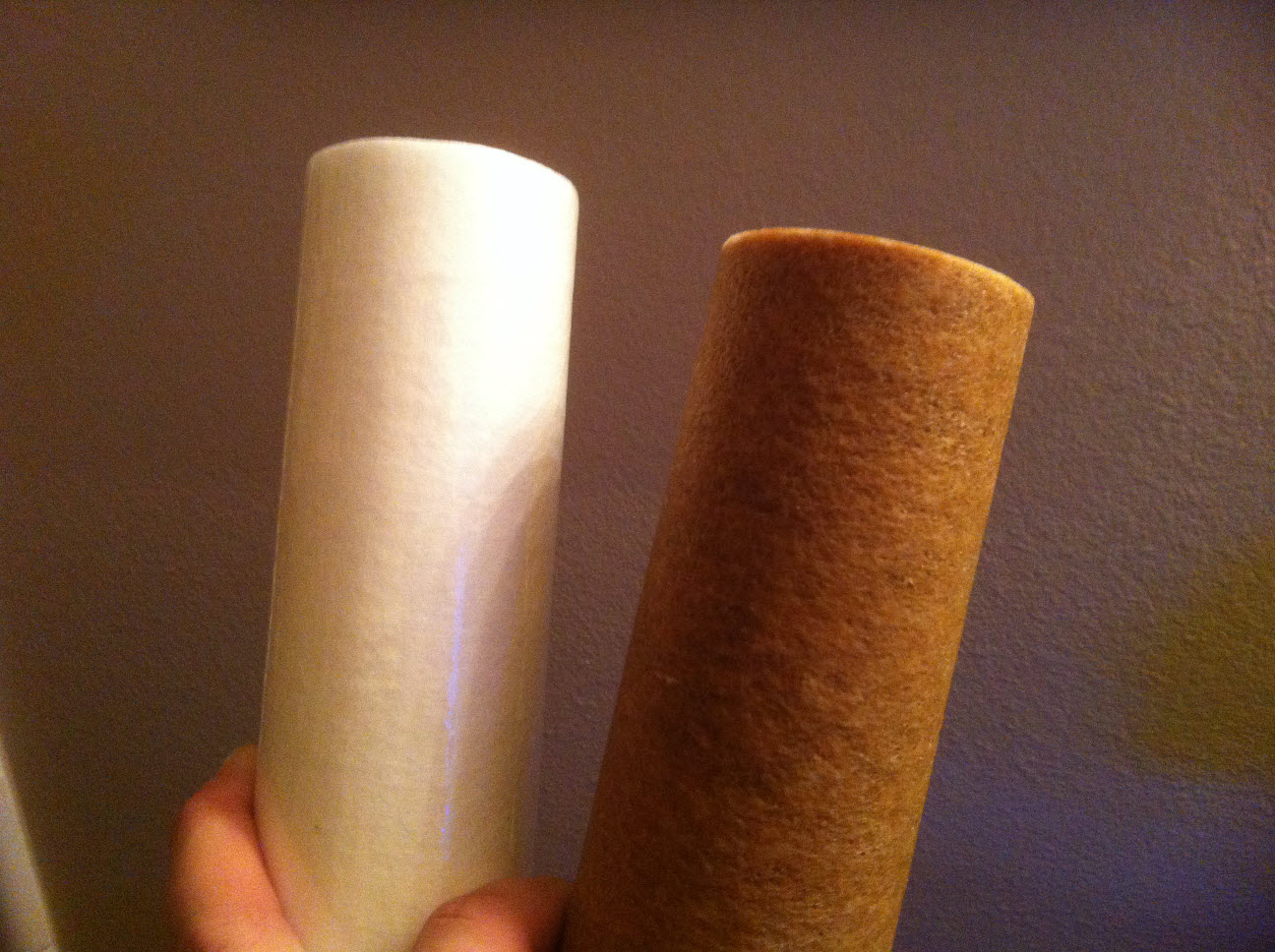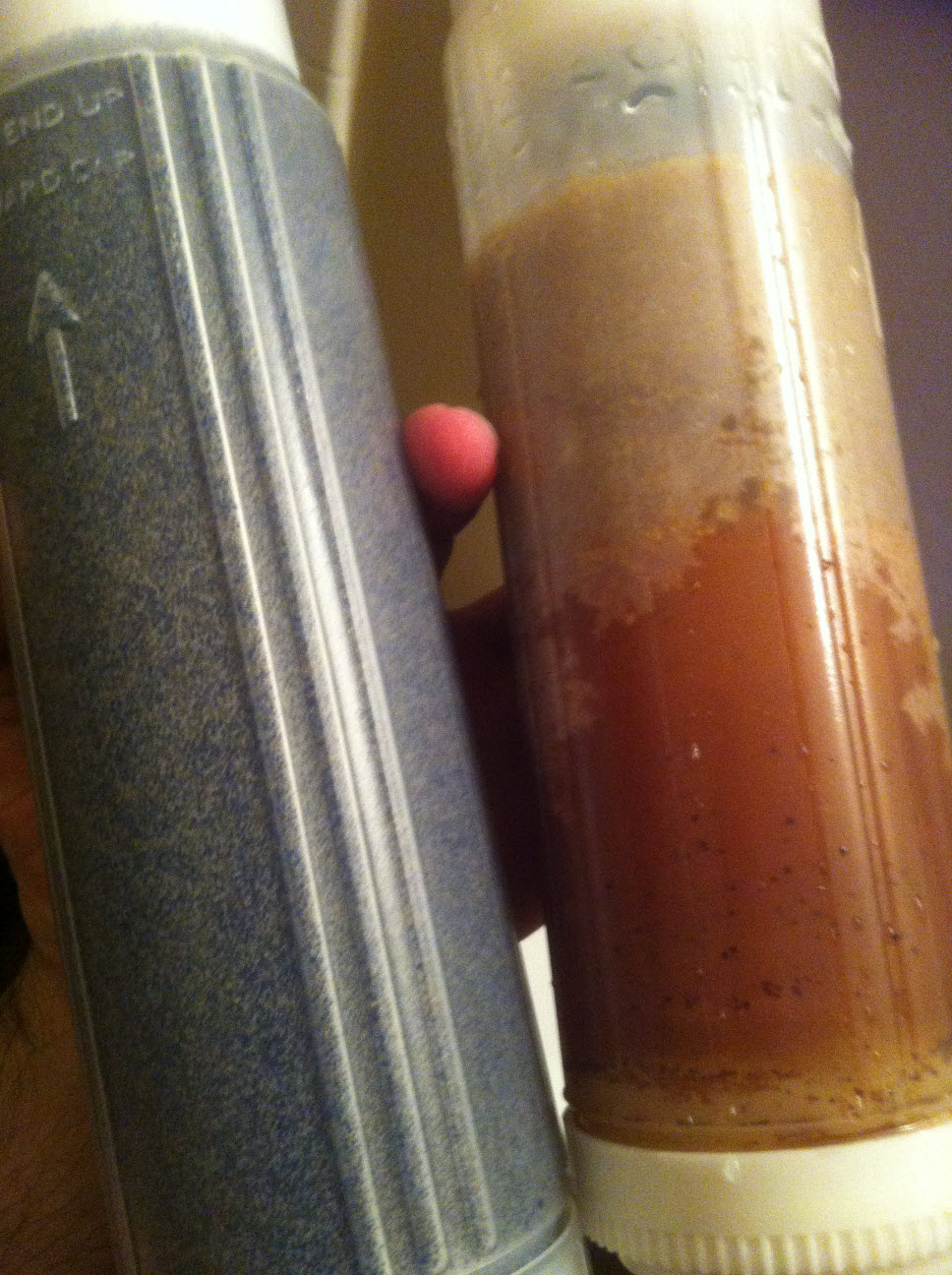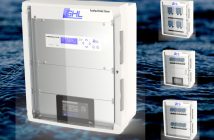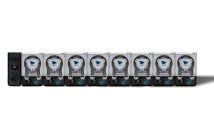Reverse osmosis filtered tap water is the only way to fly when it comes to providing clean, contaminant-free water to our aquariums. The various filters built into each unit remove all manner of solids, chemicals, and organic molecules from the incoming water, but over time these filters can become dirty and clogged. This obviously prevents the system from rejecting the appropriate contaminants, causing algae blooms and cyanobacteria breakouts in the aquarium, among other issues. On the typical RO/DI unit, there are usually several accessories that indicate when certain filters have become clogged, but users cannot rely on these accessories alone to determine when the individual filters are past their prime.
A pressure gauge is a common fixture on RO/DI units. Not only do they tell you if the system is operating at the appropriate pressure level, but they are also a good indicator of when the prefilter becomes too dirty. Typically, when the pressure drops 5-10 psi below normal, it’s time to replace the first stage.
Another invaluable tool for determining the efficiency of the RO/DI system is a total dissolved solids (TDS) meter. This meter usually has two probes, with one measuring the TDS at the inlet of the system and one at the outlet. Additional TDS meters can be installed to find out the content of the water after certain filter stages. The principle behind the TDS meter’s use is that if the number is climbing, the TFC membrane of the RO unit is either dirty or the deionization resin has been exhausted. Since TFC membranes, which are the heart and soul of the RO unit’s filtering abilities, can last three years or so, it’s typically the DI resin that needs to be changed.
Despite having these useful accessories providing us feedback about the effectiveness of our RO filters, aquarium hobbyists still need to heavily rely on visual cues to determine when is the appropriate time to start changing filters. In fact, these visual cues are far more important because they cannot give false readings like a failing TDS meter could. Case in point, we relied a little too heavily on TDS meters and pressure gauges to let us know when to perform an overhaul on our RO unit, which resulted in insanely dirty prefilters and DI resin that became exhausted at some undetermined point in the distant past.
At the top of this article is a dirty prefilter next to a brand new one. Obviously, the dirty filter is extremely filthy, but the unfortunate thing is that the operating pressure of the unit didn’t take that tell tale 5-10 psi dip when it became too dirty. Fortunately, the canister on the RO/DI unit are clear and we could tell when it was time to be replaced.
Similarly, the DI resin had been exhausted, but the tool used to determine the cleanliness of the water (e.g. the TDS meter) didn’t indicate that was the case. Our TDS held steady at 0 ppm for a long time, but the resin had turned from blue to brown long ago. Perhaps the TDS meter needed to be recalibrated, which is a simple process, or maybe it even had faulty wires that were causing it to read incorrectly. Regardless, the filters were exhausted and needed to be replaced before anymore water went through the system.
Since the RO/DI unit had been in use for a while with dirty prefilters and deionization resin, we decided to replace every stage it had, which was six in total. Sure, it costs a pretty penny to replace all of these filters, but it was a necessary evil. After changing the filters, the TDS still reads “0”, but we can rest a little easier knowing that it truly is zero and not a bad reading.
Because of this experience, we have foud that we can’t rely on anything but changing the filters on a routine basis and examining them far more thoroughly. Instead of waiting for resin to change color, the TDS to creep up, or the pressure to drop, we’ll instead just put things on a strict schedule (which we should’ve been doing all along) and replace the filters even if they still have some life in them. Sure, this seems a bit wasteful, but the end result will be providing our tanks with the cleanest water possible for as long as possible.







